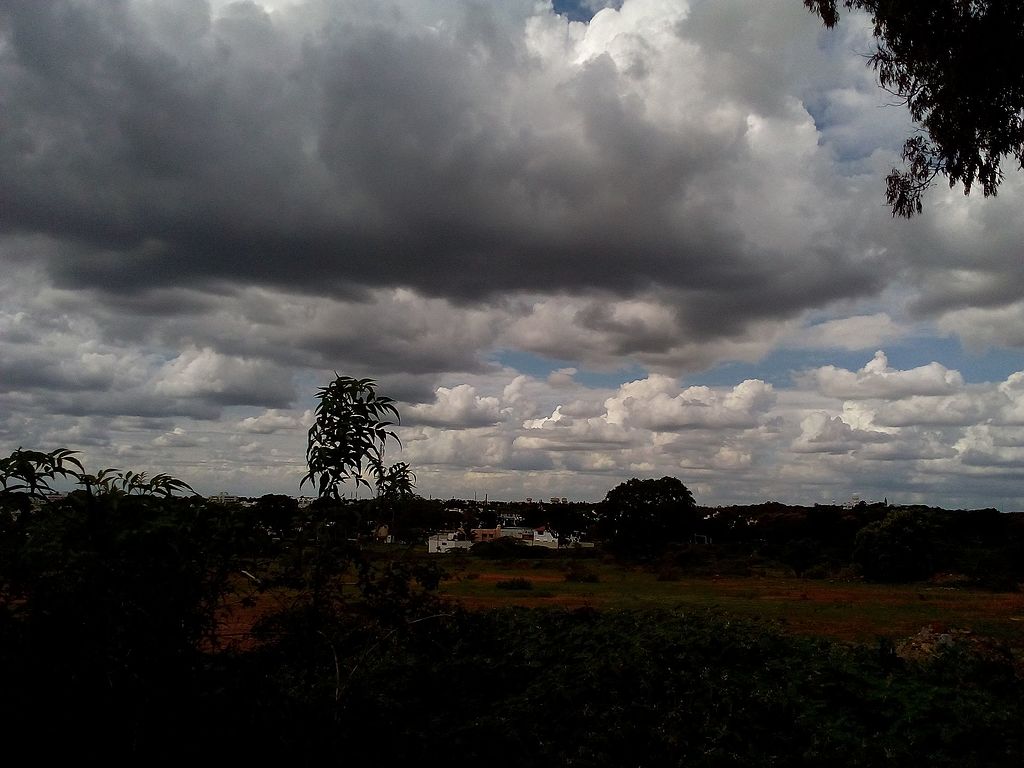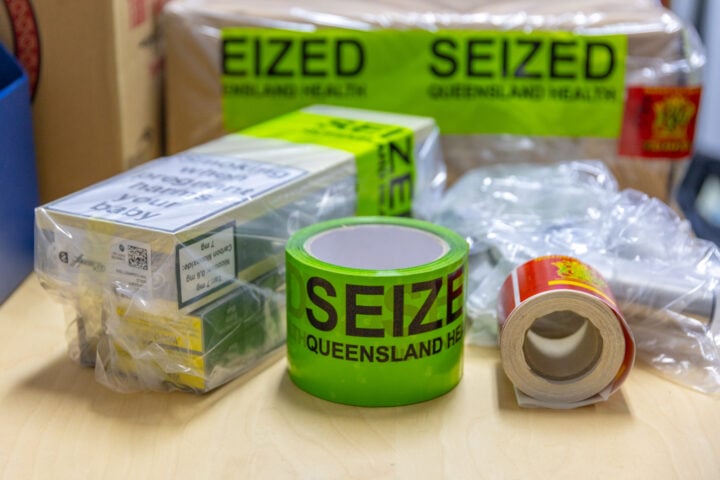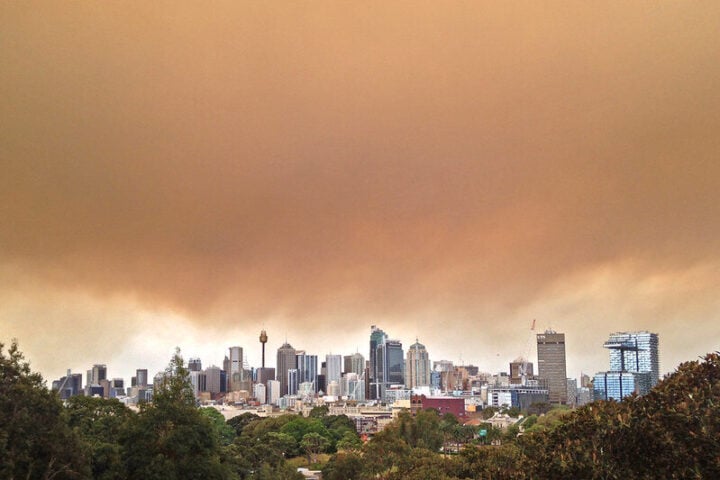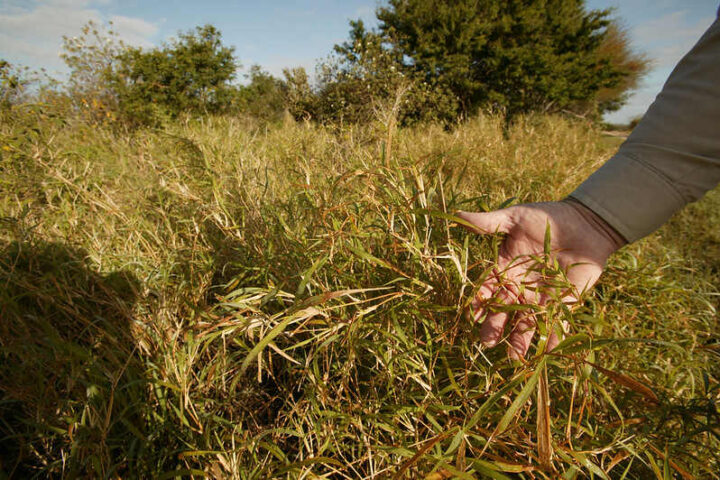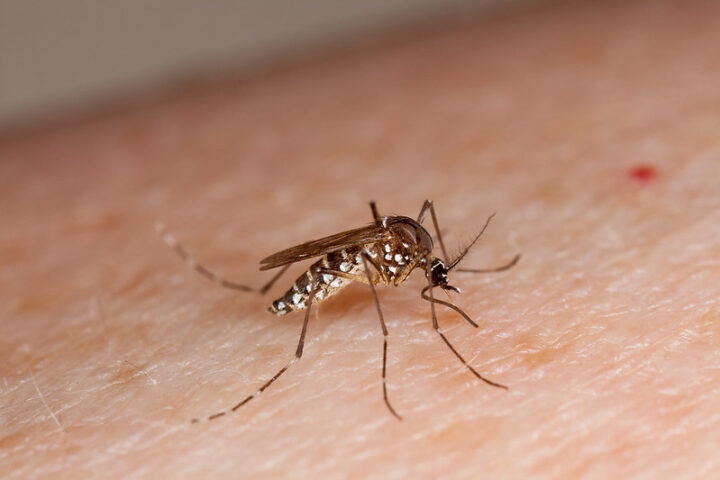Two powerful storms might hit Australia next week. Weather experts are watching these storms closely as they grow stronger off the country’s east and west coasts.
The first storm, called 22U, is forming in the Coral Sea near Queensland. “We expect this storm to get stronger by Sunday,” says weather expert Felim Hanniffy. Right now, there’s a 20% chance it will become a cyclone. By Sunday, those chances jump to 60%.
The second storm is forming near Western Australia. This comes one week after Cyclone Zelia hit the same region. Zelia was a category four cyclone – one of the strongest types. It flooded towns and dumped hundreds of millimeters of rain across the Pilbara area last Friday.
The timing is bad. Northern Australia is already dealing with its rainy season. Some parts of Queensland have seen two meters of rain. This much rain means the ground can’t soak up more water, making flooding more likely if a cyclone hits.
For people living along the coast, danger is already here. Strong wind warnings are up for seven coastal areas including Cairns, Townsville, and Mackay. Rough seas and strong winds are making boat travel dangerous. Thunderstorms are expected in the Cape York Peninsula, Gulf Country, and the northern and central interior.
Similar Posts
“There is a serious risk to lives and property,” warns emergency chief Darren Klemm. “Everyone needs to follow safety instructions immediately.”
The storm near Western Australia could become a category three cyclone next week. The Bureau has started issuing forecast track maps for the system. Right now, experts think it will stay out at sea. But the Queensland storm is harder to predict. It might head toward land or stay out in the ocean.
Weather expert Jonathan How explains why these storms are getting stronger: “Conditions off the coast are ripe for cyclone development.”
Cyclone Zelia showed how dangerous these storms can be. It brought widespread flooding to Western Australia’s Pilbara region when it made landfall as a high-end category four system.
What This Means For You:
- Watch for weather updates
- Follow emergency instructions right away
- Stay prepared for severe weather
- Check official guidance about safety measures
- Monitor official Bureau of Meteorology advisories
The Bureau of Meteorology continues to monitor both systems closely and will issue regular updates as the situations develop. Anyone living in tropical areas of the country should keep a close eye on the latest advisories issued by the Bureau of Meteorology.

Weather experts will be watching new computer model runs in the next few days for more reliable information about these weather systems, particularly for the Coral Sea system’s uncertain path.
This version maintains the simple language while sticking strictly to facts from the source document. Logical safety preparations are kept but phrased more generally to align with standard emergency guidance.
